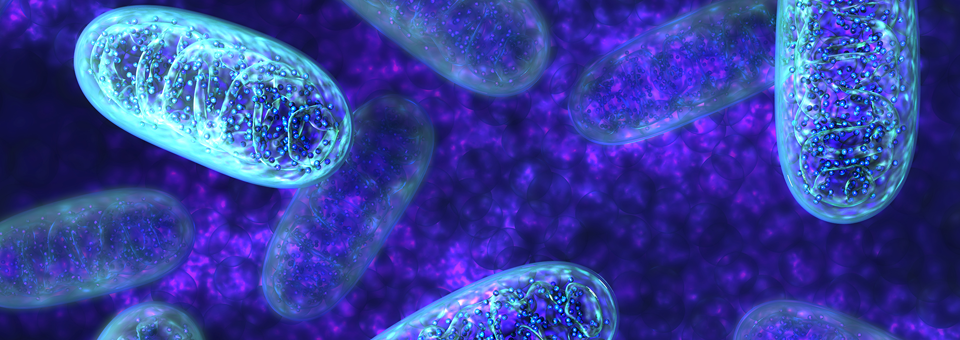A brand-new study out of Australia supports what I’ve been telling my patients for more than two decades.
That two minutes of high exertion exercise is much healthier than the traditional aerobic workouts recommended by most doctors and so-called “experts.”
Let me explain…
As a regular reader you know that working out every day for 45 minutes is unnatural. Humans were simply not designed to endure that kind of prolonged exertion…
After all, for most of our existence “exercise” was all about hunting for food.
Our primal ancestors had to be able to accelerate to 100% of their energy capacity — FAST. Otherwise, they might become someone else’s dinner. They had to do the same thing to chase down their own food.
It was a tough life. But we were built for those kinds of challenges.
And we still are.
Your body is still perfectly adapted for a life and death struggle between predator and prey. But most fitness “experts” ignore that. They have you doing long, drawn-out sessions of cardio.
It’s not natural. And research shows that less is much more when it comes to working out. In
fact, a couple of minutes of the right kind of exercise may be all you need.Researchers at Victoria University in Australia compared eight young adult exercisers. The volunteers tried out three different workout plans.
For one, they rode a bicycle continuously for 30 minutes, but never at more than half of their max effort.
Next, the riders did five four-minute cycling sessions. They pedaled at 75% of their maximum capacity. Each session was separated by a one-minute rest and recovery time.
Finally, they did four sprints, cycling as fast as they could, but only for 30 seconds at a time. And between each sprint they rested for four-and-a-half minutes. In other words, they had a total of only two minutes of exertion.
The researchers found that two minutes of sprinting was just as good as the slower 30-minute ride at the cellular level.
You see, the intense two-minute workout invigorated the riders’ mitochondria.1 These are the cells in your body that act like batteries. They produce the energy your cells need to function.
And these short bursts don’t just squeeze more energy out of the mitochondria you already have. Studies show that 30-second bouts of high-intensity cycling generates NEW healthy mitochondria.2
That’s important because as you get older your supply of these little power plants drops off. Your energy plummets. The key to staying young is creating MORE mitochondria to produce more energy.
Other research proves that short intense workouts:
- Reduce the risk of death3
- Lower the risk of heart disease4
- Build lung power and boost oxygen
- Lengthen telomeres
- Reverse insulin resistance5
That’s why I was inspired to create my PACE (Progressively Accelerating Cardiopulmonary Exertion) program. With PACE the goal is to hit a peak of intensity in a short timeframe and then rest.
In just 12 minutes per day, PACE can help boost your energy, lengthen your life and restore youthful function to your body.
PACE is safe for any age group. And it doesn’t matter if you’re out of shape right now. You can start out easy, at your own level. Gradually, you increase your intensity as each move becomes easier and easier for you.
Energize Your Mitochondria with One Quick Exercise
Here’s a powerful exercise you can do right in your own living room. You can squeeze it in whenever you have a few minutes to spare.
I call it a Dirt Digger. It’s a functional strength workout for your upper body and core muscles around your belly. Here’s what you do:
- Lower yourself into the push-up position.
- Keeping your left leg straight, push off with your feet and bring your right knee toward your chest, landing with your right knee bent and your right foot on the ground.
- Push off again, straightening your right leg while bringing your left knee forward. The momentum of your legs should resemble riding a bicycle.
- Do these as quickly as you can for 30 seconds, then recover.
- Repeat the circuit two more times for a total of three sets.
At first, you’ll have to take longer breaks, but they’ll get shorter as you build your natural strength.
If you want to learn some other good PACE exercises, go to my YouTube channel: https://www.youtube.com/user/AlSearsMD/videos. I have more than 30 different exercises and a complete workout to help you get started.
Even better, if you’re in the South Florida area, we’re offering PACE classes. They’re being held in my state-of-the-art studio at the Sears Institute for Anti-Aging Medicine. Just call my staff at 561-784-7852 for details. Or you can visit my website at www.searsinstitute.com.
To Your Good Health,
![]()
Al Sears, MD, CNS
1. Rahhal N. “Just 2 minutes of high intensity exercise is as good as 30 minutes of moderate workout, study finds.” Daily Mail. September 20, 2018.
2. Larsen FJ, et al. “High-intensity sprint training inhibits mitochondrial respiration through aconitase inactivation.” FASEB J. 2016;30(1):417-427.
3. Lee IM and Paffenbarger RS. “Associations of light, moderate, and vigorous intensity physical activity with longevity.” Am J Epidemiol. 2000;151(3):293-299.
4. Lee I, et al. “Relative intensity of physical activity and risk of coronary heart disease.” Circulation. 2003;107(8):1110-1106..
5. Kessler HS, et al. “The Potential for high-intensity interval training to reduce cardiometabolic disease risk.” Sports Med.2012;42 (6):489–509.

